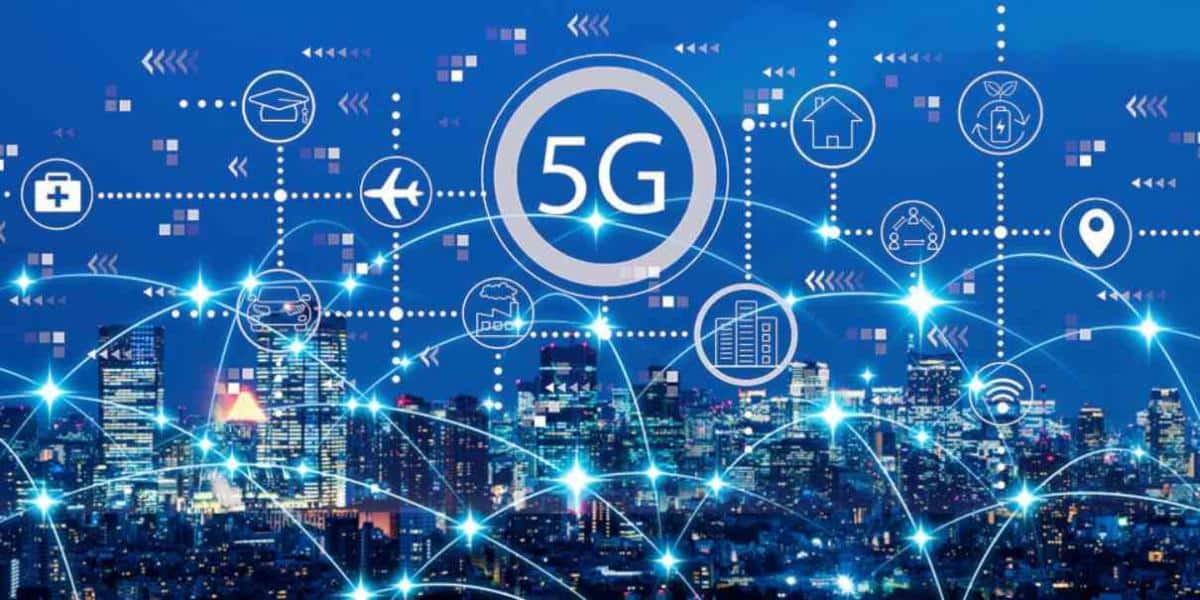Here’s the translation into American English:
5G has revolutionized global connectivity, offering faster speeds, lower latency, and greater capacity. However, its rollout has generated a series of myths and misinformation that, in some cases, have hindered its adoption and created unfounded fears. Below, we analyze the most widespread myths about 5G and confront them with reality based on scientific and technical evidence.
Myth 1: COVID-19 vaccines contain chips activated by 5G
One of the most absurd and widespread myths during the pandemic was that vaccines contained microscopic chips that would be activated through 5G networks. This conspiracy theory suggested that the rapid spread of the virus was related to the implementation of 5G in urban areas.
Reality:
- It is currently not possible to develop chips so small that they could be implanted through a syringe.
- The smallest RFID chips, used to track pets, measure at least 2 mm in diameter by 10 mm in length, a size incompatible with the interior of a needle.
- This misinformation not only generated fear but also motivated acts of vandalism against 5G towers in countries like the United Kingdom and New Zealand, delaying their rollout.
Myth 2: 5G can kill wildlife and disorient birds
False videos on social media have shown alleged cases of birds dying near 5G cell towers, suggesting that the frequencies used in these networks are responsible for these deaths.
Reality:
- There is no scientific evidence linking 5G networks to bird deaths or any harm to wildlife.
- The real causes are usually natural factors, such as climate changes or disruptions in local ecosystems.
- This myth has generated backlash from some environmental groups, but it lacks technical and scientific foundation.
Myth 3: 5G will accelerate climate change
It is argued that 5G consumes more energy than previous technologies due to the amount of data it transmits and the large data centers required for its operation.
Reality:
- 5G is more energy-efficient thanks to advanced spectrum optimization and energy-saving techniques.
- Example: 5G enters a “sleep” mode when it doesn’t need to transmit data, significantly reducing its energy consumption.
- Although the data centers for 5G are larger and more powerful, more sustainable technologies are being adopted to minimize environmental impact.
Myth 4: 5G exposes people to dangerous levels of radiation
The fear of electromagnetic radiation is not new, and with the arrival of 5G, concerns have resurfaced about its health impacts, including supposed risks of cancer, infertility, and headaches.
Reality:
- The frequencies used by 5G fall within the non-ionizing range, just like common technologies such as WiFi, radio, and microwaves.
- Frequencies such as 700 MHz or 3.5 GHz, used by 5G, are well below levels considered harmful, such as X-rays or gamma rays.
- Organizations like the WHO and the European Commission strictly regulate radiation levels, ensuring that 5G networks operate within safe parameters.
- The waves used in 5G do not have enough energy to alter human tissue or cause genetic damage.
Conclusions
The arrival of 5G has generated numerous unfounded theories, many of which have been amplified by misinformation on social media. However, technological advancements have always faced similar resistances, from the advent of WiFi to mobile phones.
The reality is that 5G is not only safe but is also designed to transform the world positively. It will contribute to a more connected, efficient, and reliable environment, offering new opportunities in fields such as health, education, and sustainability. To combat these myths, it is essential to turn to reliable sources and stay informed through scientific publications.
5G not only represents a technological advancement but also an opportunity to continue building a more connected and promising future.

